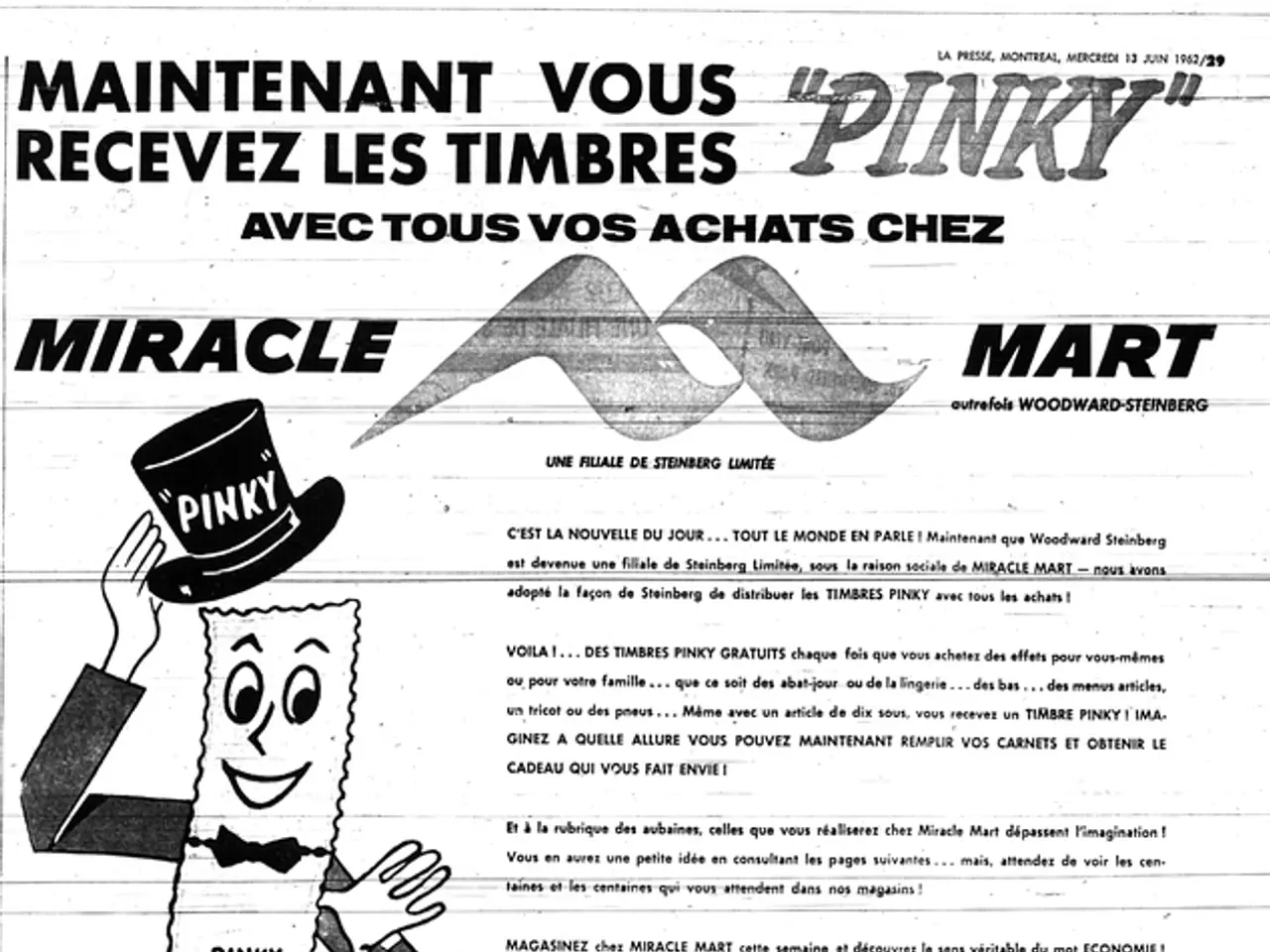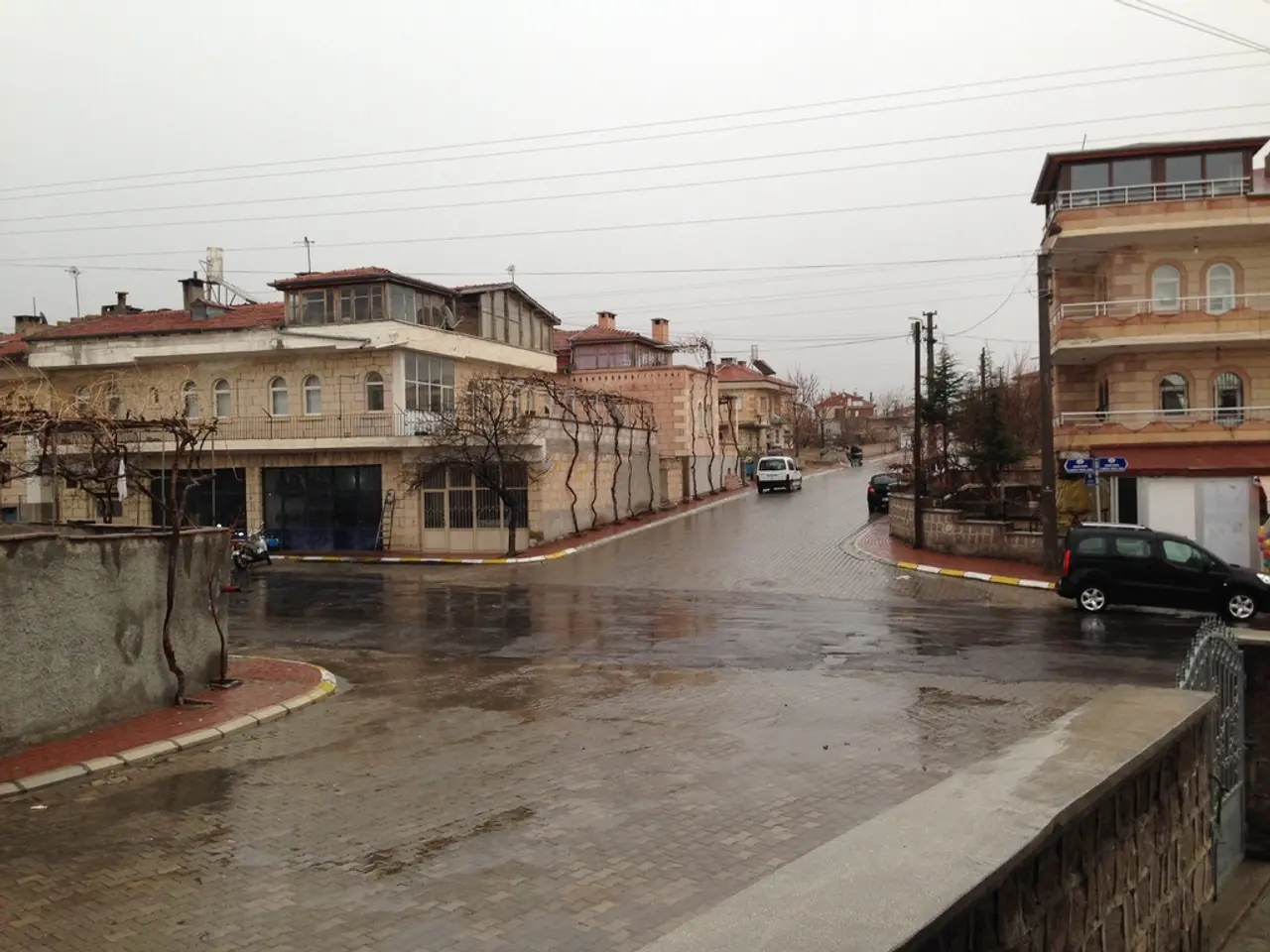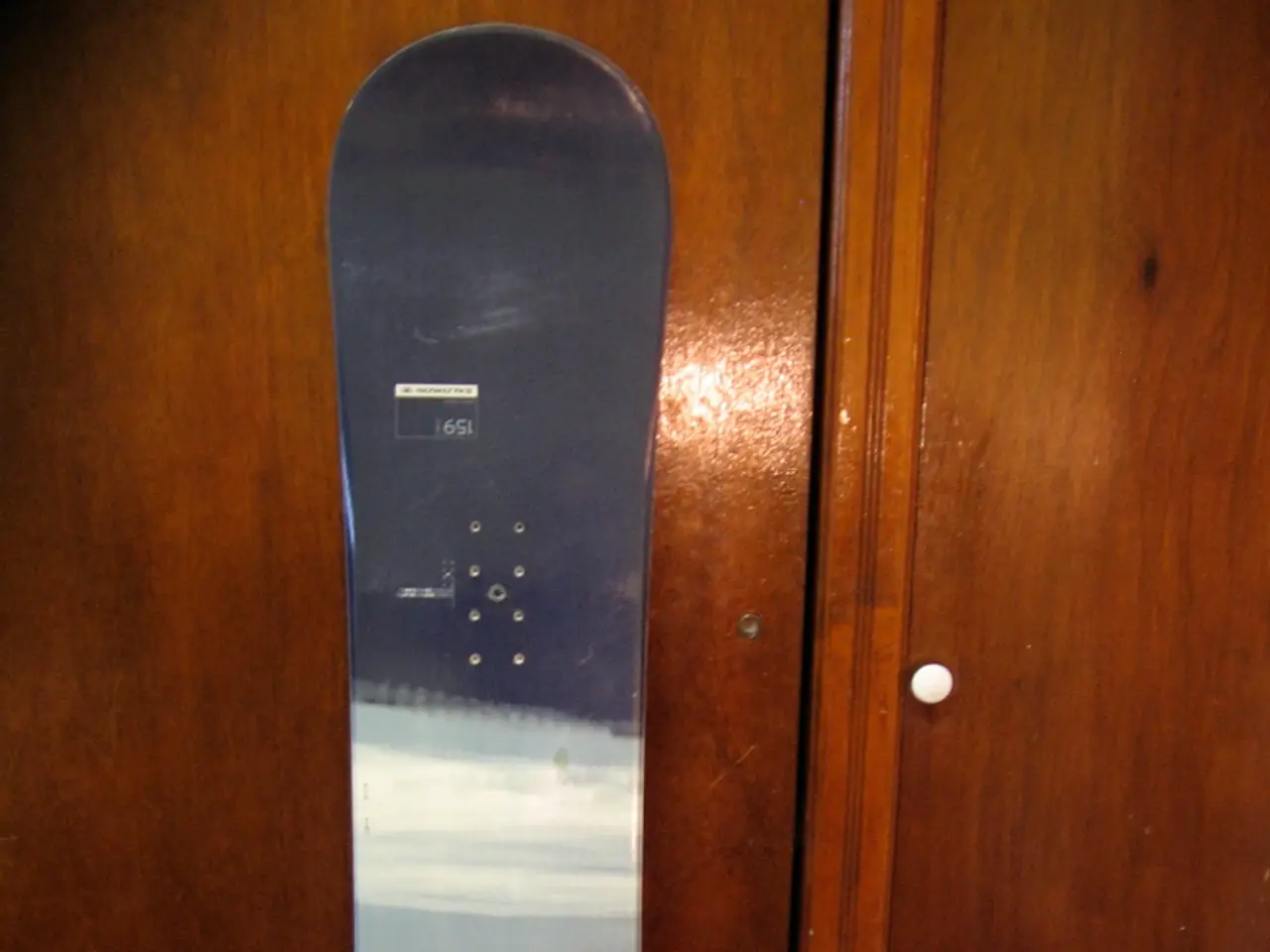Impact of Vibrational Forces on Printed Circuit Board Assemblies in Spacecraft
In the realm of space travel, maintaining the integrity of spacecraft is of utmost importance. One key aspect of this is managing vibrations and heat within the vehicle.
During assembly, sealing agents act as shock absorbers, reducing vibrations on the board. However, onboard Printed Circuit Boards (PCBs) should not use a solder mask due to issues such as poor adhesion, lower performance regarding outgassing, and a high risk of selective tin-lead stripping.
To ensure the reliability of the PCBs, certain design principles are followed. Wide conductors can act as solder thieves, leading to cold solder joint errors. To avoid this, the recommended conductors should have a width of 1mm, a length of 1mm, and a Pad-to-track ratio of 1.5:1.
Flight model (FM) PCBs require through-hole and buried vias, but blind vias are not acceptable. PTH is acceptable, but standoffs, eyelets, rivets, etc. are prohibited. Proper component mounting is necessary, with a detailed analysis to ensure specifications are followed.
In terms of heat management, conduction and radiation are the only two modes of heat transfer to get rid of excess heat in space vehicles. To prevent open circuit failure of a single interconnection, critical nets need to be routed on the same layer or a minimum via should be used along with a second redundant track and via.
Radiators, thermal blankets, surface coatings, and heaters are techniques for thermal control in spacecraft. Conformal coatings are necessary on external layers of electronic components to prevent Electrostatic Discharge (ESD) and Paschen discharge during launch.
The structure of the board, including layers, copper distribution, and component placement, should be symmetrical to avoid twists and wrap. Constricting circuit boards around the edges can help prevent vibrations. Perfect soldering is important for establishing reliable connections in PCB assembly. A copper-clad laminate structure offers better peel strength.
Moreover, mechanical waves can cause vibration in PCBs, and the solution is to install interconnections near bulky parts. Anti-vibration frames can help reduce vibration, but they increase the cost. De-rating is a process of operating devices or components below their normal operating range to minimize failure rate in severe working conditions. For space vehicles, the current carrying capacity of the track should be de-rated by 66%.
Lastly, the IPC Class 3 Design Guide contains information on IPC guidelines for manufacturing defects, IPC standards for assembly processes, common differences between the classes, and IPC documents to set the level of acceptance criteria.
In summary, managing vibrations and heat in spacecraft involves a multi-faceted approach, from the design of the PCBs to the materials used and the methods of heat dissipation. Each aspect plays a crucial role in ensuring the success of the mission.
During the design phase, a material selector is employed to choose the suitable conductors and materials for PCBs, ensuring they can handle high temperatures and withstand space-and-astronomy conditions. To mitigate issues like poor adhesion and higher outgassing, science, particularly the field of technology, provides guidelines on the use of solder masks for specific components.




